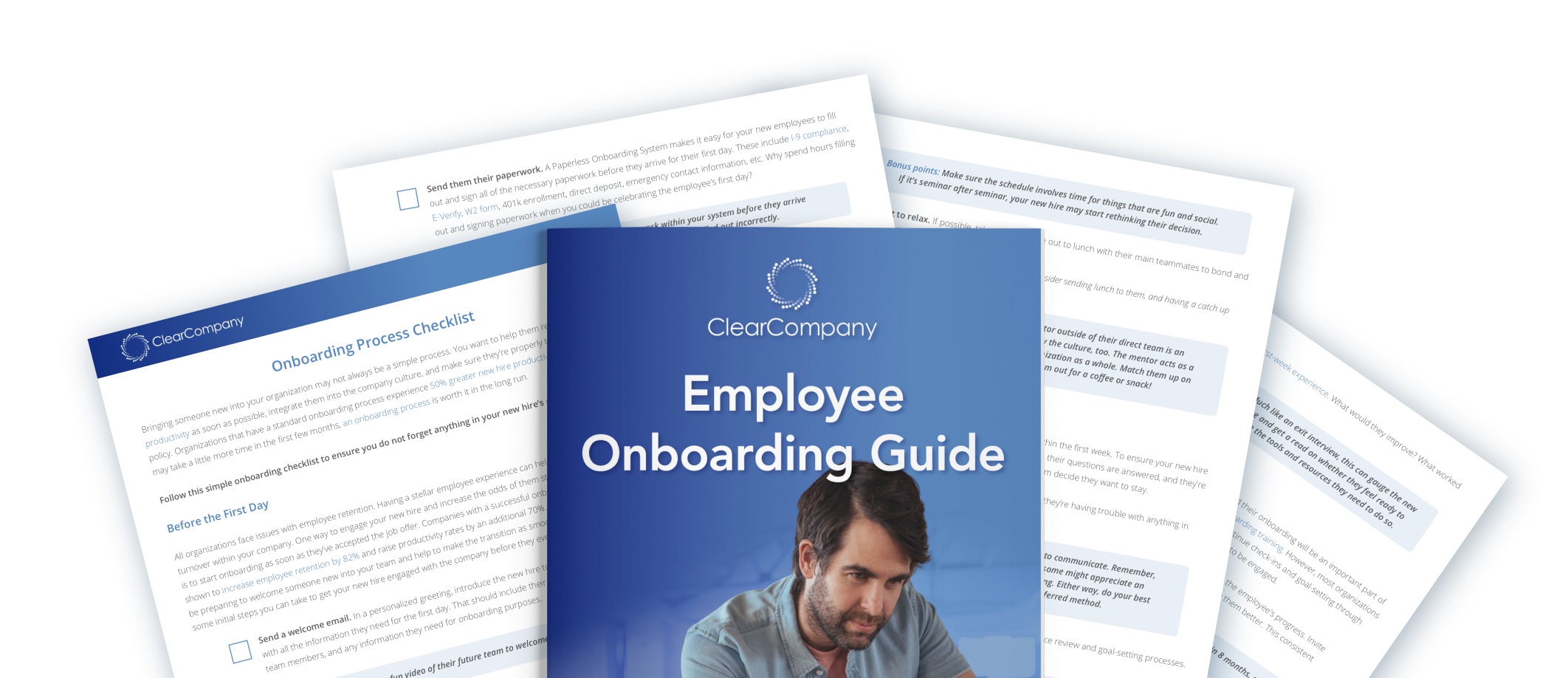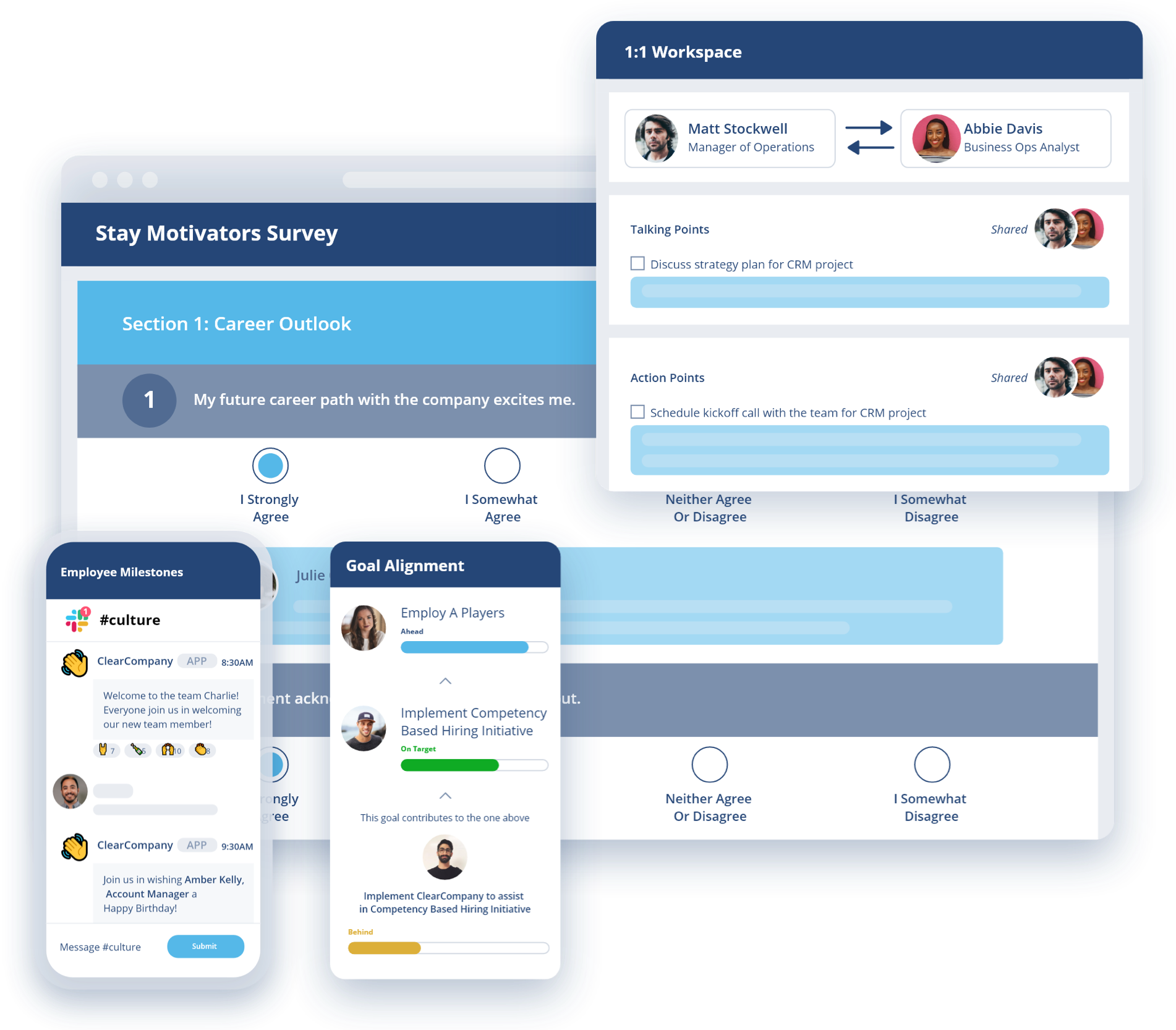Employee onboarding plans are complex because they set the tone for the entire employee experience. Building an onboarding program helps standardize how companies approach onboarding and provide a consistent experience for new hires. A program also makes onboarding easier for HR and hiring managers, ensuring they don’t skip any important steps and empowering them to focus on connecting with new hires instead of administrative tasks.
It’s also essential that managers take an active role in onboarding because when they do, new employees are over three times as likely to say they had a great experience.








